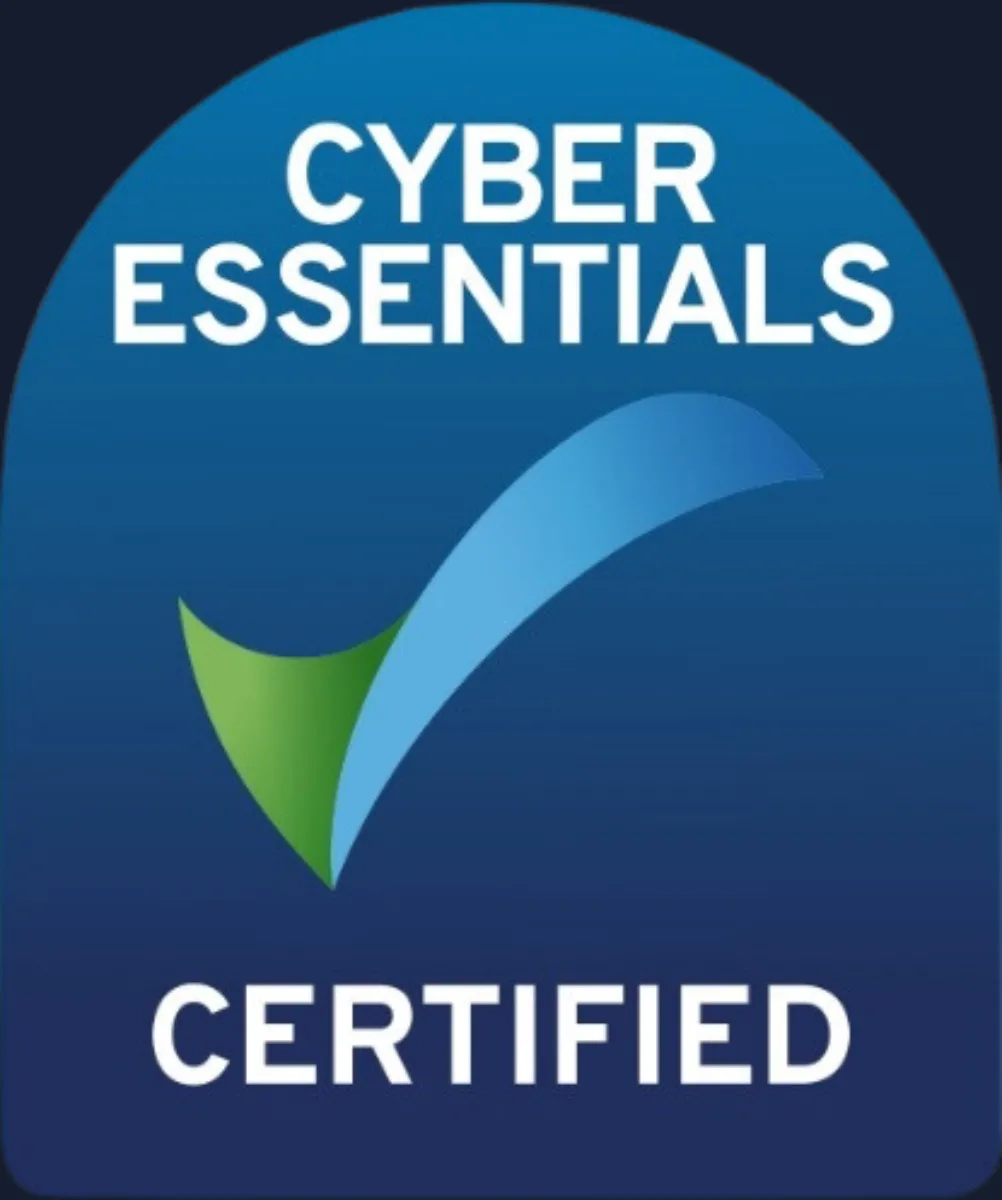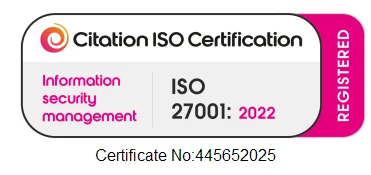Cyber threats don’t always come charging in from the outside. Sometimes, they slip in through the front door thanks to a perfectly normal mistake made by someone on your team. Maybe it’s a well-meaning employee who clicks on a dodgy link, reuses a weak password, or accidentally sends sensitive data to the wrong person.
Rather than pointing fingers, the better solution is to build awareness. Because while people can be a point of vulnerability, they can also be your greatest defence. In this blog, we’ll explore how everyday behaviours affect your cybersecurity, why human error is so often the weak point, and how the right policies, training, and IT support can help turn your team into a strong first line of defence.
The Internal Threat: It’s Not Always Malicious
When we talk about cybersecurity threats, it’s easy to imagine faceless hackers or complex malware attacks. But not every risk comes from a shadowy figure outside the business. In fact, Mimecast’s State of Human Risk 2025 report found that 95% of all data breaches are caused by human error.
That could be an employee clicking on a phishing email without thinking, using the same password across multiple systems, or mishandling sensitive information (like saving it to an unsecured location or sending it to the wrong contact). Most of the time, these actions are honest mistakes made in busy moments. But that doesn’t mean they can’t have serious consequences.
Cybercriminals are counting on exactly that. They know that a single misstep can open the door to ransomware, data theft, or system compromise, and they’re ready to exploit it.
However, with the right tools, training, and IT support, these risks are preventable. It all starts with recognising that cybersecurity isn’t just a tech issue. It’s a people issue too.
Why Human Error Happens
It’s easy to assume that people just need to “be more careful,” but the reality is more complex. Mistakes happen for a reason, and understanding why is the first step in reducing risk.
For many teams, it comes down to time pressure and distractions. When inboxes are overflowing and deadlines are tight, it’s all too easy to click without thinking or skip that software update reminder. Add in unclear security policies or a lack of training, and those everyday actions become a potential threat vector.
There’s also a common assumption that IT will catch everything. But while strong systems play a big role, they can’t fix what people don’t know is wrong. If your staff haven’t been shown how to recognise a phishing email or don’t understand why using a shared password is risky, they’re not to blame; they’ve just simply not been equipped, which leaves them fighting a losing battle they didn’t even know they were part of.
That’s where the right IT support partner can make the difference. On top of setting up security tools, a proactive provider helps to embed a culture of awareness across your organisation so that everyone understands their role in staying secure.
Building a Stronger Human Firewall
While you can’t eliminate human error entirely, you can reduce the risk and build better habits that strengthen your business’s cybersecurity posture. Here’s how:
- Regular, bite-sized training
When it comes to staff awareness training, little and often is far more effective than long seminars that drag on for hours. According to KnowBe4’s UK Cybersecurity Practices at Work Report, regular refresher courses “reinforce best practices and keep security top of mind.”
- Clear, practical policies
Having policies is one thing, but it’s another for staff to know them and follow them. Create clear guidelines on password management, device usage, and data handling. They should be clear to follow and easy to access so they become part of daily practice rather than something buried in a company handbook.
- Multi-Factor Authentication
Adding MFA to your systems provides an extra layer of defence, even if someone’s password gets compromised. It’s a simple, low-cost step that significantly reduces the risk of unauthorised access, and your IT provider can help roll it out without disrupting your team.
- Simulated phishing tests
These mock exercises mimic real phishing attempts to see how staff respond. It’s a safe way to spot gaps in awareness and provide just-in-time learning. Over time, your team becomes more alert and more confident in spotting the real thing.
- Encourage a ‘speak up’ culture
Mistakes are bound to happen, but if staff feel they’ll get in trouble for reporting something suspicious, they might be more inclined to stay silent. Instead, build a culture where questions are welcomed and reporting potential threats is seen as a strength. With responsive, friendly IT support in place, your team knows they’ve got someone to turn to when something doesn’t feel right.
Creating a Culture of Cyber Awareness
You can have all the correct tools and technologies, but so much of cybersecurity is about how your people think, act, and respond every day. Building a strong security culture helps the right practices become second nature over time, both through internal efforts and with help from your IT support partner.
Start at the top
A culture of cyber awareness needs to be led from the front. When leadership actively supports cybersecurity by following policies, championing training, and reinforcing best practices, it encourages everyone else to do the same.
Normalise the conversation
Security shouldn’t be something that’s only talked about after something goes wrong. Make it part of everyday conversations:
- Include cyber safety tips in team meetings.
- Share short updates on new threats and how to avoid them.
- Use real-world examples to keep risks relatable and relevant.
Encourage action, not silence
Mistakes are inevitable – but silence can be dangerous. Foster an environment where employees feel safe to:
- Report suspicious emails or potential breaches.
- Ask questions without fear of judgement.
- Admit mistakes so they can be dealt with quickly.
Back it with the right support
Culture thrives when it’s supported by practical help. That’s where reliable, approachable IT support comes in. Your team should know exactly where to turn for guidance, feel confident they’ll get a helpful response, and trust that their concerns will be taken seriously.
Confidence Turns Your Team into a Cybersecurity Asset
Your team can either be your weakest link or your first and strongest line of defence. The difference lies in the awareness, support, and tools they’re given.
By creating a culture of cyber awareness, offering regular bite-sized training, and partnering with an IT provider that puts people first, you’re both reducing risk and building resilience. Cybersecurity doesn’t have to be intimidating. With the right approach, it becomes part of how your business operates day-to-day.
Ready for an IT partner who empowers your people and protects your business? Book a free consultation today and discover the difference the right support can make.
Recent Blogs
Related posts
Before You Renew: How to Review Your Current IT Provider
As the year draws to a close, you naturally start reviewing budgets and renewing supplier contracts – but what about your IT support? If your [...]
5 Ways to Make 2026 the Year Your IT Works Smarter, Not Harder
We associate New Years with a fresh start, so what better time to take a fresh look at the way your technology works for you. [...]
Is Your Provider Reactive or Proactive? How to Tell the Difference
Many businesses assume that their IT support is fine until something breaks. But there’s a big difference between a provider that reacts to issues and [...]








